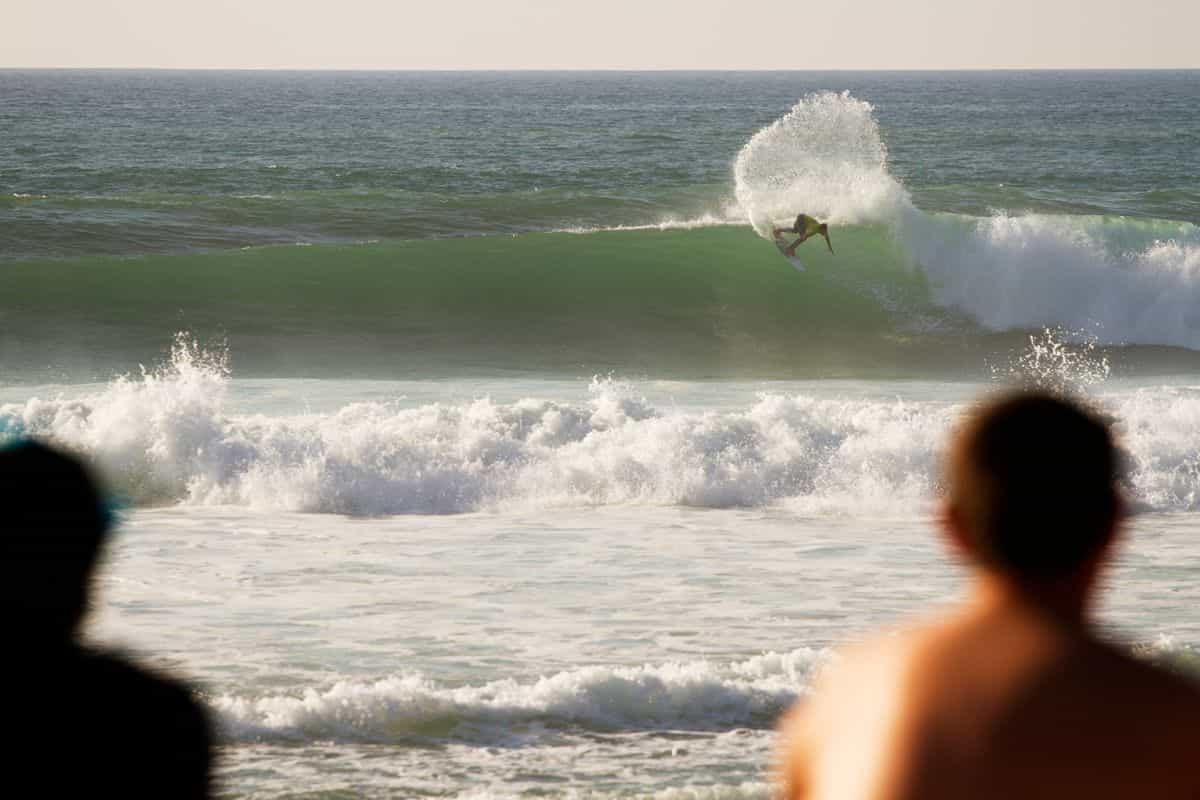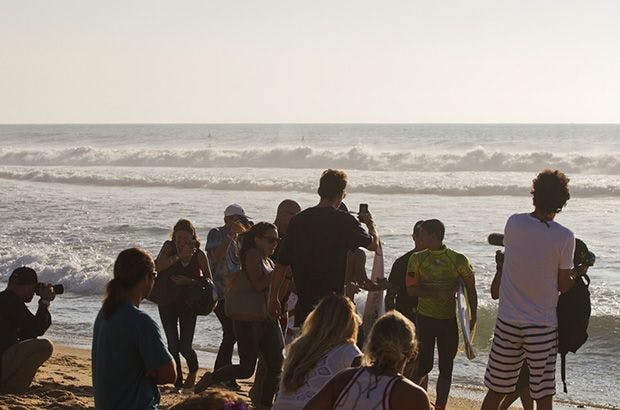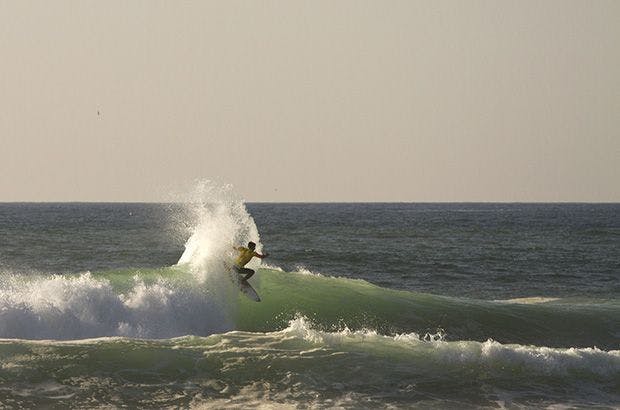Magazines, People, Surf ContestsAn Icon of Our TIMES: Gabriel Medina

noun / [in-floo-uh ns] / The power to have an effect on people or things.
Gabriel Medina possesses this power, according to TIME Magazine. Yesterday, TIME published their 2015 list of The 100 Most Influential People in the World and surfing’s World Champion has been featured in the Icons category, alongside such luminaries as Pope Francis the leader of the Catholic Church, Pakistani female education campaigner (and Nobel Prize winner) Malala Yousafzai, and the musician Bjork. The top 100 includes world leaders such as Barak Obama and Angela Merkel as well as entertainment mega-stars including Kanye West and Taylor Swift. In a list where athletic achievement sits in the shadow of international politics, business and entertainment, why does surfing’s World Champ make the cut and why is the first and only surfer to ever make TIME’s list Medina rather than Slater? It’s not based on his surfing prowess alone; it’s because of what his rapid ascension represents. As TIME’s senior sports and culture writer Sean Gregory writes, “When Gabriel Medina won Brazil’s first surfing world title last year, he did more than become the second youngest champion ever. He showed that his ascendant nation was now a serious player in a sport that is taking off around the world.”

TIME cites a 35% increase in the number of surfers worldwide over a ten year period (we wonder how they have they defined a “surfer” though?) and some healthy financial projections for the surf industry as their reasons for the influence of surfing. But more than that, it is the fact that the growth of surfing (and, importantly, the successes of Brazilian competitive surfers) mirrors Brazil’s rise as an economic power. There’s a popular and self-deprecating saying in Brazil that jokes: “We’re the country of the future…and always will be.” Brazilians historically applied this to economic endeavors and often the blame for the South American nation’s failure to live up to expectations could be laid at the door of its history of government and corporate corruption, and the social and economic disparities that exist across the world’s fifth largest country. As a result, Brazil’s sporting successes were used to demonstrate the nation’s international ambitions and now they can proudly place Medina and their surfers alongside their soccer stars and Formula One drivers.

There are seven Brazilian surfers on the Championship Tour this year (only Australia has more representatives) and five of them are under twenty-five years of age – a new wave rising perfectly illustrated by Medina’s world title. Is this a sign of the beginning of the end for the traditional “two party politics” (Australia versus the USA/Hawaii) that historically exists at the top end of the rankings? Many think so, and whilst Medina and the Brazilian contingent on the championship tour have their detractors there is little denying that they are having an impact not only on professional surfing, but most importantly on Brazil, where Medina has risen from being a surfing icon to a national icon.